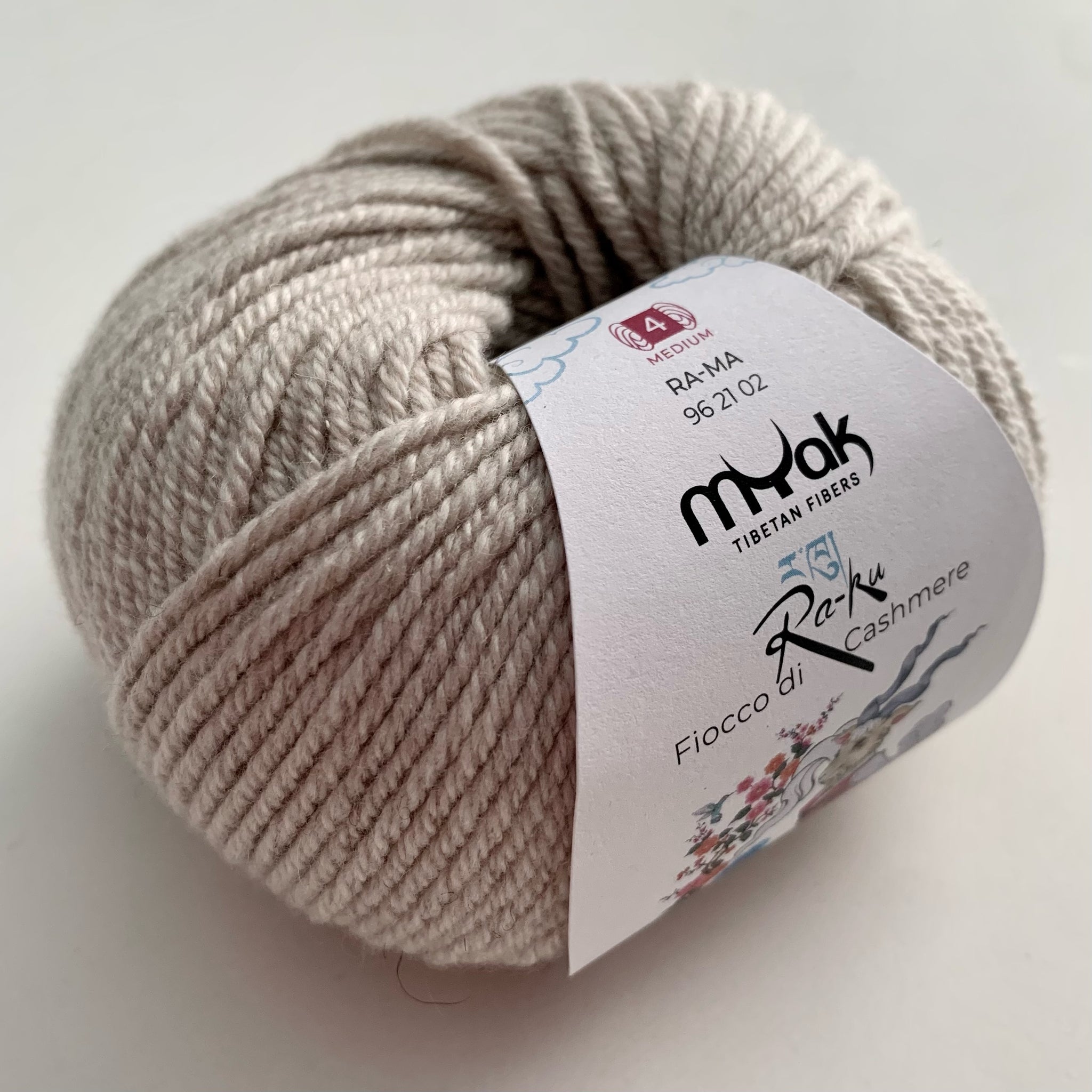What Material Is Cashmere? Understanding Its Distinctive Characteristics and Uses
What Material Is Cashmere? Understanding Its Distinctive Characteristics and Uses
Blog Article
Discover the Appeal of Cashmere a Natural Fiber: Why It's a Must-Have in Your Closet
The attraction of cashmere, a deluxe natural fiber, transcends plain aesthetic appeals. Stemming from the Kashmir region, this lightweight yet sturdy material has woven its way right into premium fashion because of its one-of-a-kind homes and functional appeal. From discussing its intriguing origin to recognizing its manufacturing quality, care, and process, it deserves exploring why cashmere holds such a special place in the world of textiles. Discover the elegance and material of this fiber as we get started on an exploration of its allure.

The Beginning and Background of Cashmere: A Short Summary
While numerous might watch cashmere as a basic deluxe, its background is steeped in rich social custom. Originating from the Kashmir area in India, cashmere woollen has been generated for hundreds of years. The fiber is acquired from the soft undercoat of cashmere goats, harvested throughout their molting period. As a precious asset, it was traded along the Silk Roadway, becoming very valued in Europe in the 18th century. The name 'cashmere' is an old English derivation of Kashmir. Regardless of its worldwide appeal, the bulk of cashmere production still continues to be in Asia, particularly China and Mongolia. This historic journey highlights the cultural significance of cashmere, changing it from a regional specialized to a global deluxe.
Understanding the Special Characteristics of Cashmere Fiber
Cashmere, renowned for its distinctive attributes, stands out in the globe of fabrics. This elegant fiber is exceptionally soft, providing a comfy and comfortable feel unlike any type of other. It is significantly warmer than wool, making it a suitable choice for winter season garments. Despite its warmth, cashmere is remarkably light-weight and does not include unnecessary mass. This all-natural fiber is also known for its resilience. While other products may put on down with time, cashmere preserves its quality, making sure long-lasting wear. Cashmere possesses an one-of-a-kind aesthetic allure. Its mild gloss and style make it a staple in high-end fashion. Recognizing these residential properties makes clear why cashmere is not simply a luxury, yet a rewarding financial investment for any type of closet.

The Refine of Making Cashmere: From Goat to Garment
To value the lavish residential or commercial properties of cashmere fully, one should understand its trip from the raw fiber to the finished item. The process starts with the cashmere goats, mainly found in Mongolia, China, and Iran. The soft undercoat of these goats, gathered during their all-natural molting season in springtime, provides the raw product. This delicate fiber is then meticulously separated from the coarser external hair in a labor-intensive procedure referred to as dehairing. The pure cashmere is after that dyed, spun into thread, and lastly knitted or woven into the desired garments. Each step is thoroughly implemented to preserve cashmere's remarkable warmth, gentleness, and toughness. This intricate process causes the production of a really luxurious fabric.

Decoding the Quality and Rate: Why Is Cashmere so Expensive?
Cashmere stems from the great undercoat of the cashmere goat, with each goat creating a mere 150 grams each year. The handling of raw cashmere needs both time and know-how, with the fibers needing to be thoroughly sorted, cleaned, and spun. These elements combined make cashmere a pricy yet very desired asset in the world of fashion.
Cashmere in vogue: The Adaptability and Timeless Appeal
Regardless of its high cost, the timeless allure and versatility of cashmere have actually solidified its place in the world of fashion. The fiber's one-of-a-kind structure, characterized by its soft qualities and warmth, has actually ended up being synonymous with luxury and convenience. Its versatility expands beyond seasonal fads, making it a wardrobe essential in numerous forms, from classy sweatshirts to chic headscarfs. The flexible nature of cashmere permits its combination into both laid-back and official attire, indicating its next broad charm. Moreover, the textile's enduring popularity for many years vouches for its classic charm. As trends reoccured, cashmere continues to be a continuous, its appeal undiminished, remaining to form the fashion and influence sector's landscape.
Caring for Your Cashmere: Maintenance and Preservation Tips
Making certain the durability of cashmere garments requires particular treatment and interest. Regular cleaning with a cashmere comb can stop pilling. With these maintenance and preservation pointers, one can guarantee their cashmere continues to be resilient and luxuriously soft.
Conclusion
Cashmere, with its unrivaled soft qualities and warmth, provides both deluxe and sturdiness. Its beginning from the Kashmir area and thorough manufacturing process add to its high-end allure and cost. Its convenience in fashion and enduring appeal make it a deserving investment for any kind of wardrobe. With correct care and conservation, cashmere garments can last for years, supplying a distinct mix of comfort, design, and quality. Resources Discover the attraction of cashmere and elevate your fashion arsenal.

Report this page